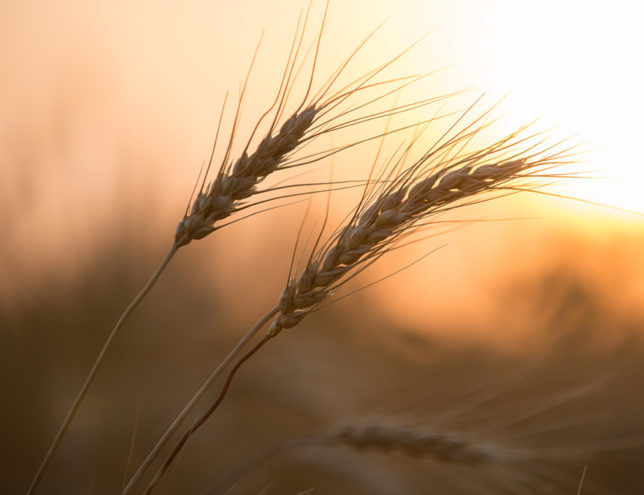What to include in the cropping plan is a bit of a puzzle every season. Proper rotation does add some constraints that have to be taken into account. Going wall-to-wall with one crop is not a feasible nor sustainable option for any grower. However, there are opportunities to push rotations a little depending on what the market is suggesting might be the profit-making options in any year.
If the cropping decision was to be made today, then according to J. P. Gervais, chief agricultural economist with Farm Credit Canada, growers would be using an “ABC” approach – anything but cereals. “Maybe that is too literal, but the reality is the market is not giving growers any profitability in cereals,” he explains. “To have wheat, barley, or oats pencil out positively, growers need to have good yields, and guaranteed if yields are high, then the market is going to respond.”
The market is, however, signalling strong demand for oilseeds. Corn acres are going to go up in Manitoba and while corn is looking like it’s going to return well, it won’t be the best option. “Soybeans and canola are going to see increases in acres,” says Gervais. “I believe we’ll see canola acres stretch up in 2017. While prices are not at the highest levels we’ve seen, the current futures values are only about five percent off the five-year average, at this point.”
The first Statistics Canada estimate of 2017 acres has canola up by 3 percent. “Strangely enough, Stats Canada also has spring wheat up by 6 percent, which I find a real head scratcher.”
Durum wheat is showing some life. However the market is going to struggle to find enough good quality seed to plant. “Some analysts are expecting up to a 25 percent decrease in durum acres,” says Gervais. “We are predicting closer to a 15 to 20 percent decrease.”
Red lentils and peas are pulse crops that are showing some life. “There has been some uncertainty with India, but we don’t think there’s enough risk there to not consider pulses if they are a viable option for your farm.” Ultimately, Mike Jubinville, a grain marketing specialist thinks that this issue will resolve itself sooner rather than later, if for no other reason than India needs Canadian lentils in the mix.
The key this year, and every year, is to build a cropping plan using both good agronomics and good marketing input. Big acreage swings just to try and capture some perceived premium seven months away from harvest is not the most robust strategy for long-term success. A top grower once told me the key to success on his farm was always to take a balanced approach – he usually kept to his rotational plans. That yielded him his best returns over the long term.







Leave A Comment